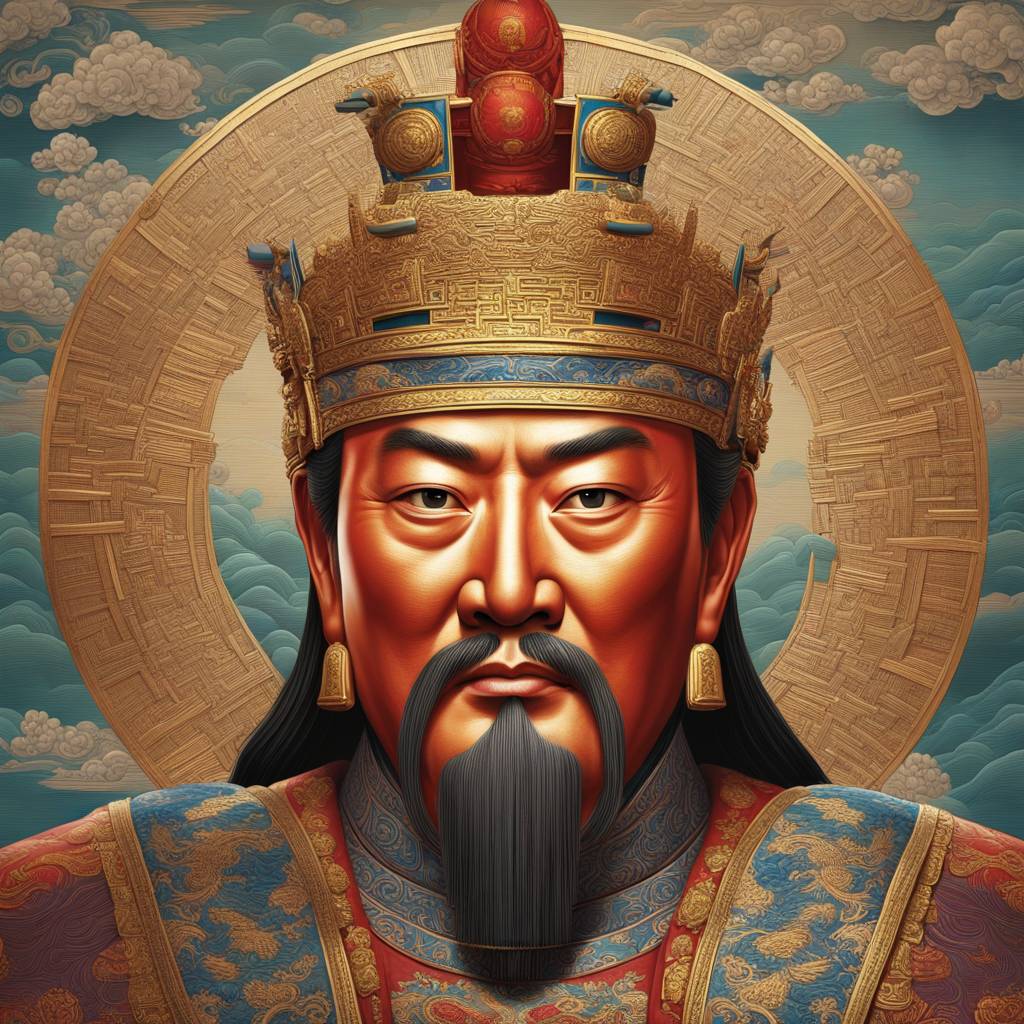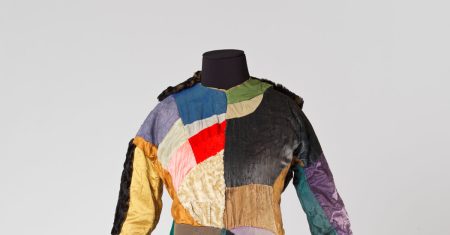Researchers have reconstructed the face of Emperor Wu of the Northern Zhou dynasty, who was ethnically Xianbei and ruled around 1,500 years ago. The study, published in Current Biology, extracted DNA from the emperor’s remains to shed light on his death, as well as the migration patterns of his ethnic group. The Northern Zhou dynasty was part of the Northern and Southern dynasties period in China, which ended with the unification of the country by Emperor Wen of the Sui dynasty. The Xianbei ethnic group, to which Emperor Wu belonged, were ancient nomadic people from Mongolia and northern/northeastern China.
The discovery of Emperor Wu’s tomb in northwestern China in 1996 provided researchers with the remains needed to extract genetic material for the facial reconstruction. Analysis of the genetic data, combined with an examination of the emperor’s skull, revealed that he had brown eyes, black hair, and skin that was dark to intermediate in color. The study also found that the emperor’s facial features were similar to those of people living in northern or eastern Asia today. Genetic analysis indicated that the Xianbei people intermarried with ethnic Han people as they migrated southward into northern China.
Emperor Wu was a powerful ruler who built a strong military and unified the northern part of ancient China by defeating the Northern Qi dynasty. His death at the age of 36 has been a topic of debate among experts, with some suggesting he died of illness and others proposing he was poisoned by rivals. The team’s DNA analysis revealed that the emperor had an increased risk for stroke, which may have contributed to his death. Historical records describing the emperor as having drooping eyelids, an abnormal gait, and aphasia align with potential symptoms of a stroke.
The facial reconstruction of Emperor Wu by researchers at Fudan University in Shanghai brings the ancient ruler to life in a way that historical records and murals previously could not. The study’s findings provide valuable information about the appearance of the Xianbei people and how they integrated with local populations as they migrated. The research team’s work showcases the interdisciplinary nature of studying ancient history through genetics, allowing for a deeper understanding of historical figures and events. Their analysis also highlights the importance of challenging conventional wisdom and finding connections in the search for common ground in the field of archaeology and anthropology.
Overall, the reconstruction of Emperor Wu’s face offers a glimpse into the appearance of an ancient ruler and the ethnic group to which he belonged. The study’s use of genetic material extracted from the emperor’s remains provides insights into his physical characteristics, as well as the migration patterns and intermarriage practices of the Xianbei people. By combining historical records with scientific analysis, researchers are able to piece together a more comprehensive understanding of ancient civilizations and rulers, shedding new light on the life and death of Emperor Wu and his significance in Chinese history.















